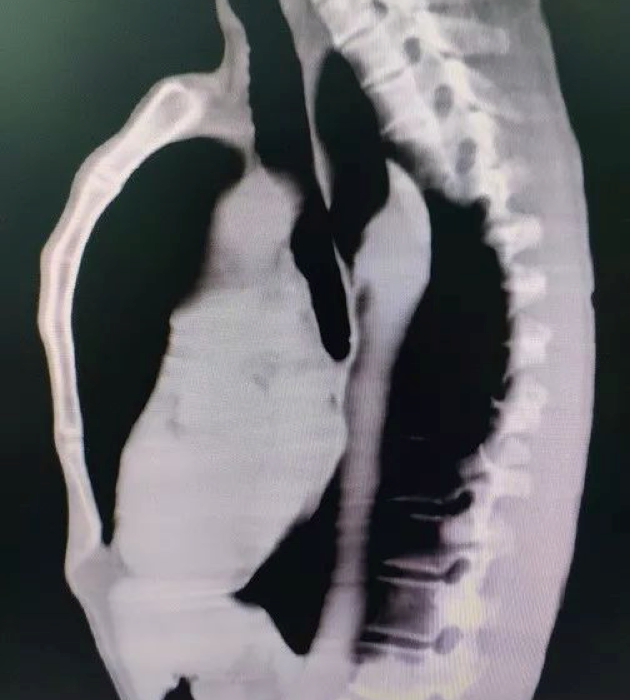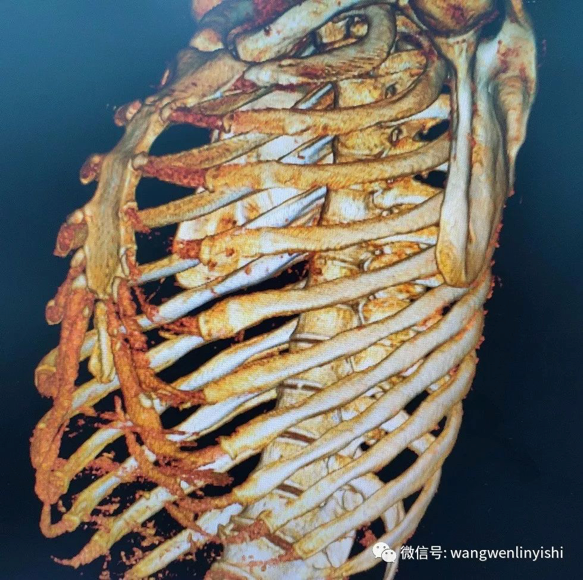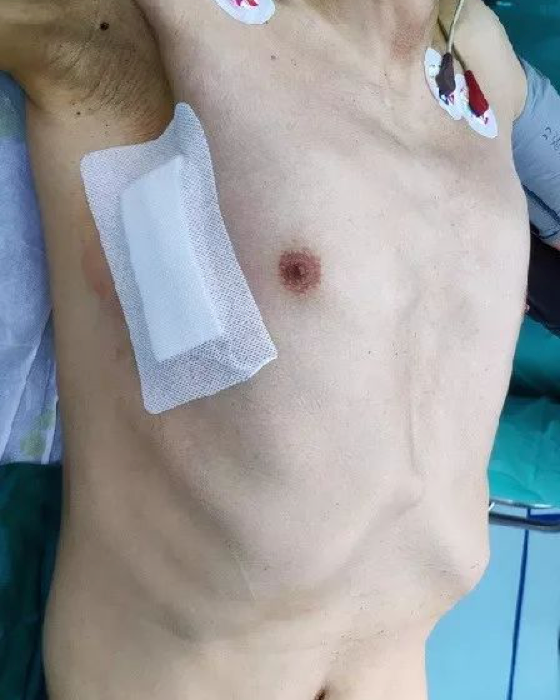Surgery for A 56-year-old Patient with Severe Pectus Carinatum
Medical History
The patient is a 56-year-old male who has had a protruding chest wall since childhood, with the deformity becoming more pronounced after puberty. Since he experienced no discomfort, he didn’t seek treatment. However, as he aged, he became increasingly dissatisfied with the appearance of his chest wall and felt immense psychological distress, leading him to seek surgical treatment.
Surgical Overview
The patient was diagnosed with severe pectus carinatum. Initially, the Wenlin procedure was performed to correct the protrusion. Two 4 cm incisions were made on each side of the chest wall, and three shaped bars were placed on the protruding bone structure. By pressing down on the protruding chest wall and continuously adjusting the curvature of the bars, the deformed chest wall was gradually restored to its normal contour. Lastly, the Wang technique was performed, which features a special bar fixation method that does not require short bars to secure the ends of the shaping bars. This is the primary distinction between the Wenlin procedure and the Nuss procedure or the Abramson procedure. As a result, the bars were secured directly to the ribs on both sides of the chest wall.
Since the anterior chest wall is a rigid whole, manually pressing down the protrusion in the upper chest often causes a secondary depression below it. The Wung procedure was performed to correct this depression. To avoid damaging the heart when directly inserting the bar, a passage tunnel was carefully constructed by manual exploration, and the fourth bar was slowly placed into the chest cavity. The bar was used to elevate the depression, and its ends were secured using the Wang technique. After the surgery, the patient’s protruding deformity disappeared, and the chest wall appearance was restored to normal.
Related Photos
For elderly patients, whose bones are not only hard but also fragile, it is crucial to avoid fractures during deformity correction by dispersing the concentrated stress on the localized area of the deformity as much as possible. This means effectively balancing the interplay between the supportive and potentially damaging forces exerted by the bars on bone structures. Therefore, three bars were used to correct the protrusion, which dispersed the stress thoroughly and ultimately prevented various adverse situations and complications.




